Trinkets of some value kept going missing from around the house. Alice was sure that her daughter was secreting them out into the gardens, then stashing them in some hidey hole. When a gold necklace, complete with diamond pendant, disappeared, Alice was sure that the elopement was imminent, though her daughter hotly denied it.
Then Eliza herself could not be found around the house. While servants searched, the anxious Alice went rushing out into the grounds, yelling her daughter's name and looking for any lantern light. Sure that she had seen just that out by the old well, she raced in that direction. But this was night-time and the boggy ground was slippy.
In some tellings of the story, Alice tripped and banged her head, dying almost instantly. In others, it's much more dramatic and she ended up in the well, drowning before anyone heard her screams for help.
Either way, she died that night, but that was not the end of her search. Not by a long shot. It's said that if you're ever in those woods, up the mossy bank behind the manor house, you may encounter the distraught Alice. She's not done yet.
(And incidentally, genealogical records show that Alice was either mistaken or paranoid to the point of being deranged; either that or guilt got the better of Eliza after the accident. The woman married a local squire; a match which would have been very well received by her parents!)


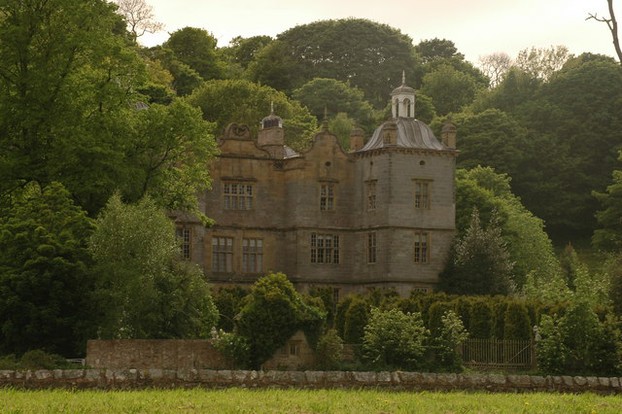
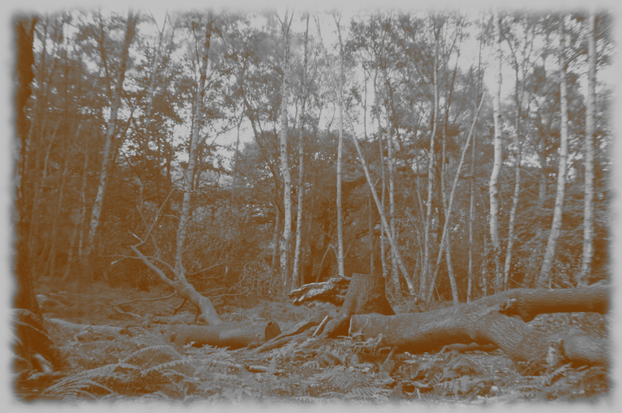
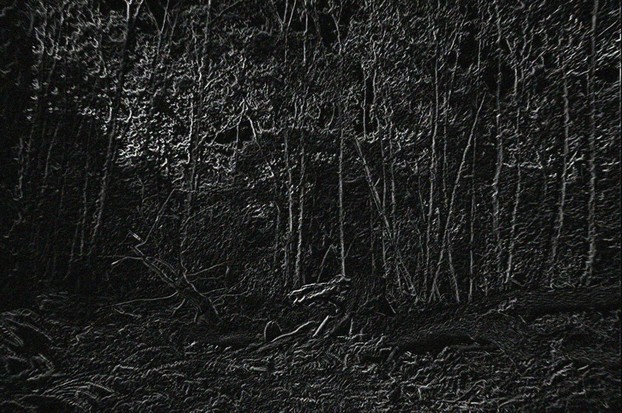
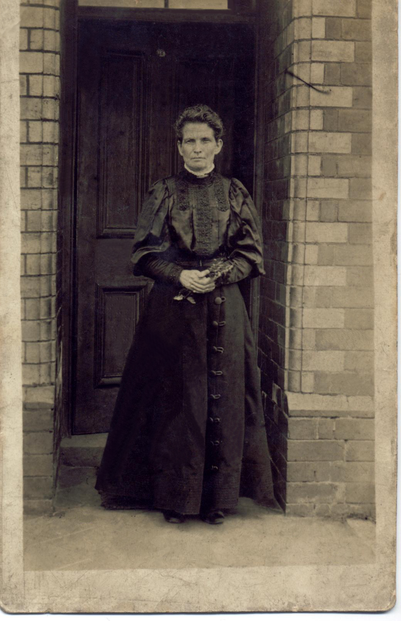
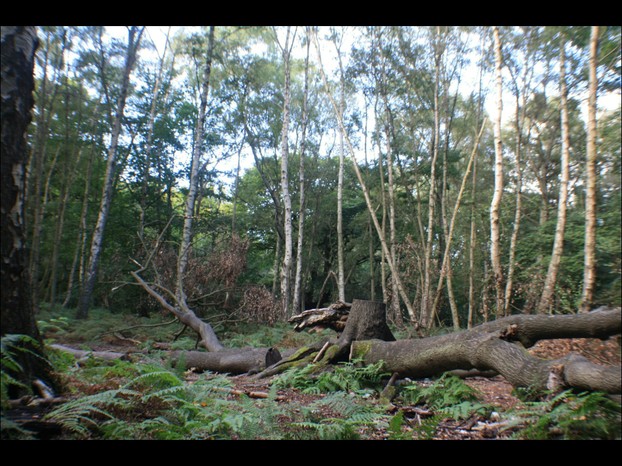
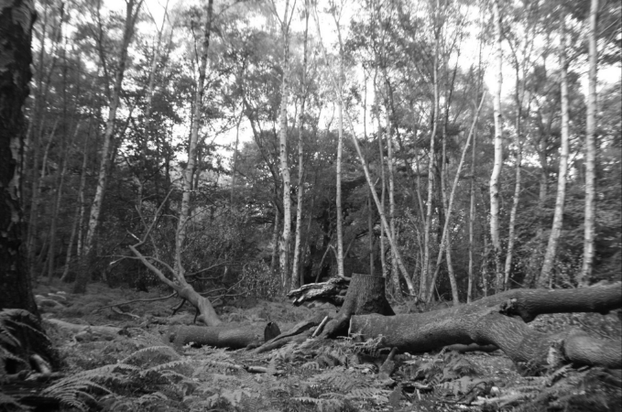
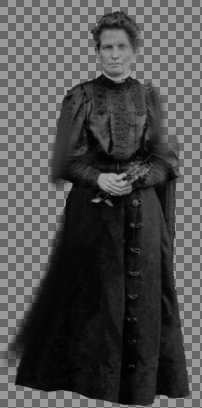
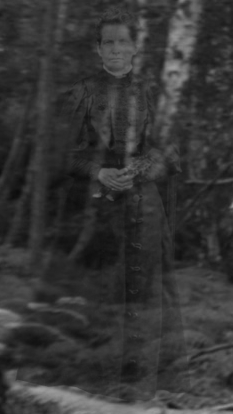
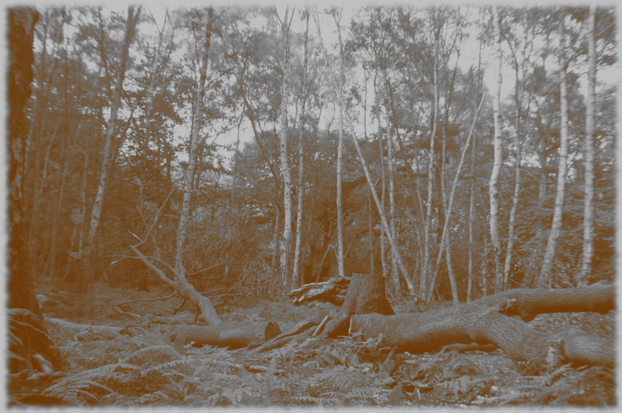
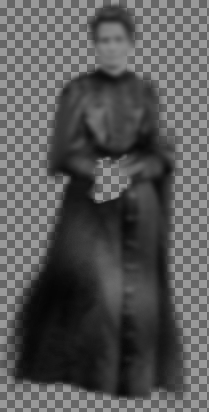
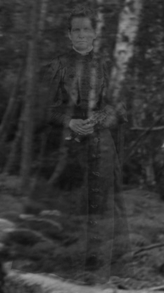
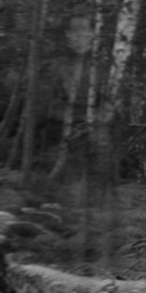
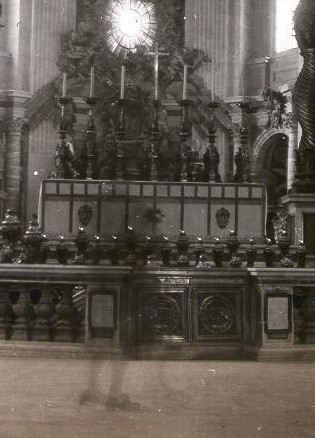
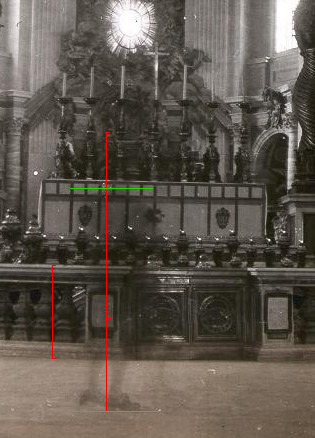
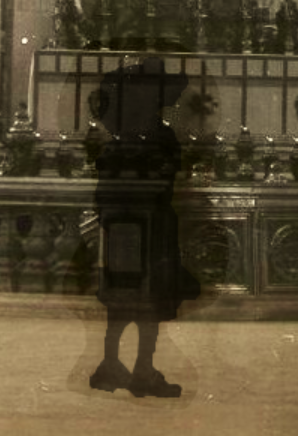
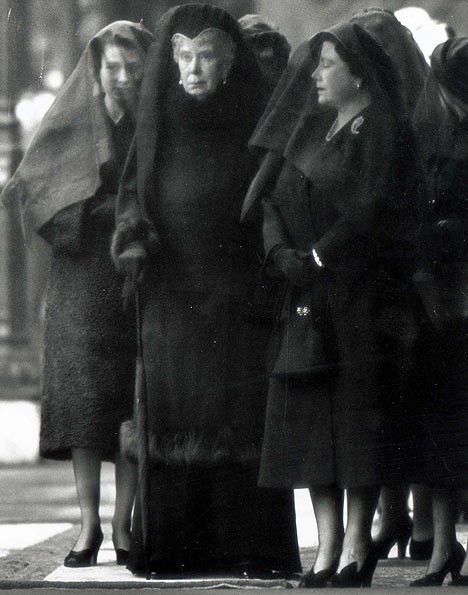



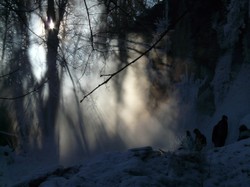

 Microsoft Reveals New Next-Gen Console: Xbox Oneon 05/21/2013
Microsoft Reveals New Next-Gen Console: Xbox Oneon 05/21/2013
 Duolingo - Learn A New Language Easily And Entirely Freeon 04/03/2013
Duolingo - Learn A New Language Easily And Entirely Freeon 04/03/2013
 How To Create And Install GIMP Brushes For Beginnerson 01/28/2013
How To Create And Install GIMP Brushes For Beginnerson 01/28/2013
 How To Create And Tile An Image With GIMP For Beginnerson 01/23/2013
How To Create And Tile An Image With GIMP For Beginnerson 01/23/2013

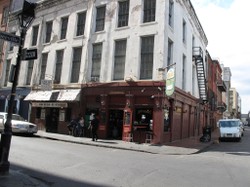
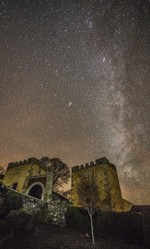
Comments
I have never seen a ghost. I suspect that many ghost pictures are faked. But to prove that all ghost pictures are faked you would have to exhaustively analyse each one. Epistemology [the philosophy of knowledge] tells us that universal statements can be falsified by one counter example, thus if one is not faked, there can be genuine ghost pictures.
Interesting, I am surprised how many fake stories and pictures go round the internet. It must be really tough to capture a ghost on a camera, let alone getting a chance to witness it in actual.
It's fun to create them, Sandy!
Thanks Mike :)
I know with Photoshop, I can come up with some pretty good ghost. It is interesting about these ghost stories.
Great article, Paul. I enjoyed reading the 'tutorial' and the stories involved.
Very good point. It is incredible what can be done with modern photography and yet intrigue keeps the mind sharp. :)K
If I had to put my guess down, it'd be primal instincts. I've not researched at all into this, so this is purely my speculation, but surely it'd be advantageous to see things that aren't actually there than to miss seeing things that are there?
And thank you! I'm happy I'm having a positive effect on people here :D
Very cool it's so amazing how people see different things in the same physical object including images. I think we see what we want to see or is it we see what we need to?
BTW and non related, I enjoy your sense of humor in the forums you make me laugh all the time and I really appreciate good humor. Thanks :)K
Horrible man!